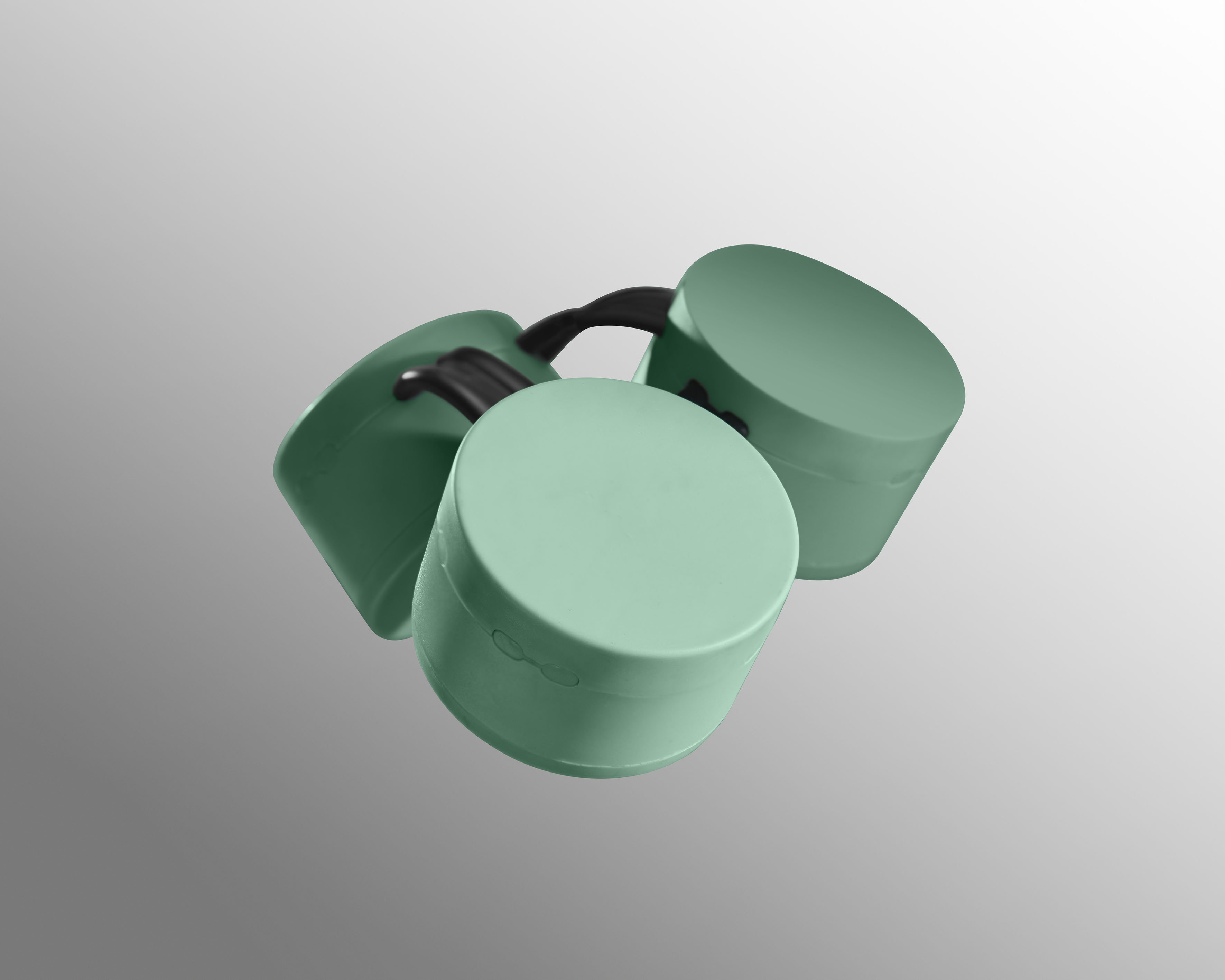Effective depression treatment
Re5 technology uses Transcranial Pulsed Electromagnetic Fields (T-PEMF) to stimulate brain cells.
Using a pulse generator and a headset consisting of 7 connected coils, a unique and uniform electromagnetic stimulation of the entire brain is ensured.
The stimulation mimics the brain's own weak electrical pulses, making the treatment almost imperceptible.
The Re5 treatment has very few and mild side effects (few patients have reported mild headaches or nausea at the beginning of the treatment course).
This makes it suitable and approved for use at home, not just in hospitals or medical clinics.
Re5 depression treatment has achieved EU MDR certification, which is your assurance that the treatment is scientifically substantiated and meets strict European requirements for medical devices.
You can read more about the certification here.


Why does Re5 T-PEMF work on depression?


The brain is complex and many brain processes are still unknown to science.
It is not known exactly why Re5 T-PEMF has shown good results in the treatment of depression.
What is known is that stimulation with Re5 T-PEMF alters a number of neurochemical processes in the brain.
The pulsed electromagnetic field influences the brain cells to release important neurotransmitters related to growth and activity that improve the brain's ability to adapt and change (neuroplasticity), making it more robust.
Those who have received the Re5 treatment have experienced the following results:
- Significant improvement in core symptoms of depression for more than 60%, including improved mood and state of mind
- More energy and initiative
- Better sleep at night
- Increased ability to concentrate
Basic research with Re5 PEMF
Pulsed electric fields stimulate microglial transmitter release of VEGF, IL-8 and GLP-1 and activate endothelial cells through paracrine signaling (2023)
Interactions of Low-Frequency, Pulsed
Electromagnetic Fields with Living Tissue:
Biochemical Responses and Clinical Results (2005)
.png?width=139&height=120&name=Re5_Logo_Version1_Color%20(2).png)
_page-0001.jpg)
_page-0001.jpg)